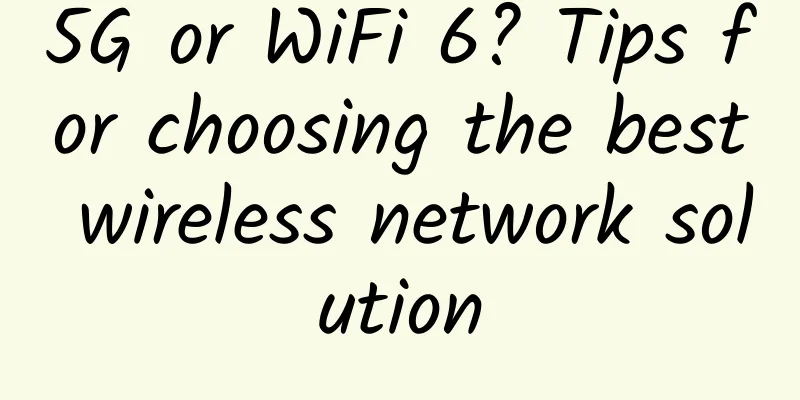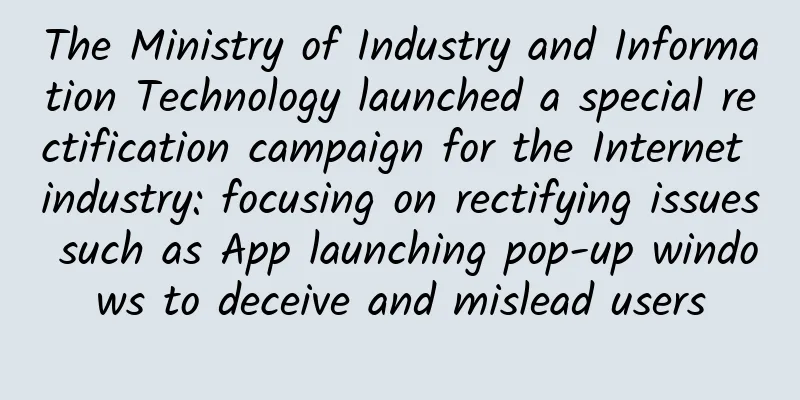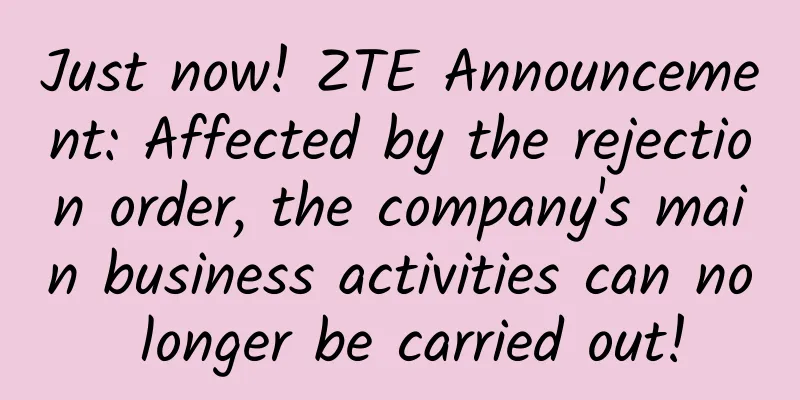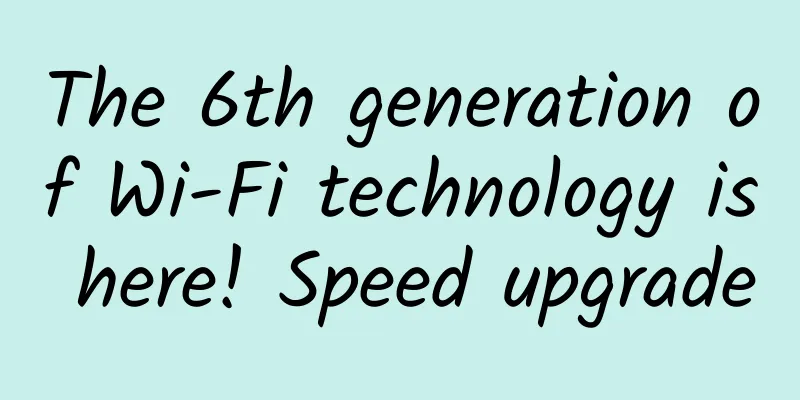5G or WiFi 6? Tips for choosing the best wireless network solution

|
Over the past five years, IT professionals who focus on enterprise networks have been inundated with claims and counterarguments regarding the debate between 5G cellular networks and WiFi 6. Much has been made of the theoretical advantages of 5G in terms of network management, performance, security, and propagation capabilities; but in my experience, it is always risky to make decisions about any technology in the abstract without considering the specifics of the situation. The best environment to support an application should always be determined based on the specific needs of the business application; anything else is putting the cart before the horse. It’s hard to understand why enterprises need 5G to “accelerate business development” when many enterprise customers often use WiFi and cellular data services interchangeably, especially with the increasing adoption of SD-WAN technology, which promises to solve traditional network challenges and simplify access to the cloud. From an enterprise/consumer perspective, it is estimated that there are over 18 billion WiFi-enabled devices in use worldwide, with cellular connectivity a close second at 12 billion. These numbers are remarkable considering that there are just over 8 billion people in the world, and about a third of them are either too young or live in areas where digital technology is not readily available. Fortunately, both WiFi 6 and 5G cellular networks have made great progress over the past two decades, and although both technologies use radios to transmit data, the infrastructure and sophisticated management required to support a global 5G network is far more expensive and complex than WiFi, the low-cost, powerful wireless network that has already been adopted by many homes and businesses. WiFi 6 or 5G? Depends on business needsIn some ways, the line between WiFi and 5G is clear. The traditional use case for WiFi is to support client systems where it is too expensive or simply impractical to wire directly to them due to location or nominal bandwidth requirements. WiFi has become ubiquitous, and the configuration and management process of building WiFi networks has become close to plug-and-play. Modern WiFi access points (APs) for consumers and enterprises offer simplified, intuitive network utilities that guide users through setting up authentication, security, and access policies, allowing them to have a secure, functional WiFi network up and running in minutes. For mobile and outdoor applications, cellular networks, from 4G LTE to now 5G, have expanded beyond telecommunications, providing greater range and more reliable connectivity for a wide range of data-rich mobile applications. Public and private cellular networks have found their place in large-scale industries such as light and heavy manufacturing, utilities, oil and gas production, and transportation, where WiFi cannot meet the mobility, performance, and signal reliability requirements for specific mission-critical applications. As with all IT projects, it is our technologists’ responsibility to fully define the business requirements and then make technology recommendations that can reliably meet or exceed those requirements. The choice between 5G and WiFi 6 is not an either/or choice – just like any other IT hybrid environment, the two approaches can and should coexist. Top factors to consider before choosing 5G and/or WiFi 6Of course, there are a lot of technical factors that need to be considered broadly when assigning business applications to 5G and/or WiFi 6. When I started doing research on current state-of-the-art wireless networks, even without a specific use case in mind, I could think of a dozen factors to consider. After intellectual consideration, the following factors were at the top of the list:
I firmly believe that any technology advice that doesn’t start with “Oh, it depends” should be viewed with great skepticism, and this is especially true in the realm of wireless networking. Honestly, I can’t think of another IT technology that is as susceptible to environmental variables as high-speed networking via radio. Even in the worst-case scenario, it’s remarkable that 5G/WiFi 6 has gotten as far as it has, and will no doubt continue to improve as 6G rolls out by the end of this decade. The same is true for WiFi 6 and the upcoming WiFi 7 standards, but data and application demands will almost certainly continue to grow as well. However, the cost of upgrading to WiFi 7 will be negligible compared to the huge investment that will likely be required to switch to 6G technology by the end of the decade. We have been very generous with the hype surrounding 5G. Given the amount of expensive underlying infrastructure and cutting-edge technology development required to run a global wireless communications network, it makes perfect sense for cellular network operators to explore new applications to recoup the hundreds of billions of dollars invested in 5G infrastructure and spectrum. However, operators may have to be content with only a small piece of the wireless pie when less complex, less expensive, and more easily understood alternatives like WiFi are more than capable of supporting most wireless use cases. The best hope is that 5G and WiFi 6 companies can find a way to work together, but that won’t be easy as vendors and standards groups are more focused on advancing their own plans than meeting customer needs. As a customer, you should avoid hype, take the time to truly understand your business needs, and use the most reasonable combination. |
>>: How is the SSH protocol? Why does a normal connection suddenly report an Identification error?
Recommend
A major technical challenge for container cloud platforms: Should the network choose SDN or underlay, or...?
[[320730]] How to choose the network when buildin...
What is the difference between 5G and 6G?
In a world where technology is constantly evolvin...
HTTPS learning summary
Preface I've been reading about HTTP recently...
The total investment of China Mobile, China Unicom and China Telecom does not exceed 34.2 billion! 5G cannot be swallowed in one go, so it needs to be eaten slowly.
As 5G enters its first year of commercial use, th...
12 CMD command tools in Windows that network engineers must master!
Hello everyone, I am the "person" that ...
Justhost: Multiple data centers in Russia/US, 200Mbps and unlimited data, starting from $1.96/month, Chinese/English/Russian pages available
Justhost recently adjusted its website pages and ...
IPv6 Basics: Neighbor Discovery Protocol NDP
In this issue, we will introduce the basic neighb...
Aruba CX switch series helps build high-performance networks for the future
Under the epidemic, whether it is serving custome...
Tencent Cloud Flash Sale: Cloud Server Annual Fee Starting from 99 Yuan, Lightweight Server with High Bandwidth Annual Fee Starting from 95 Yuan
Tencent Cloud's Double 11 promotion has come ...
Practical example: Why is the VPN file transfer speed only 20M? My corporate headquarters-branch has a 100M dedicated line!
Background The client company is a clothing retai...
Online troubleshooting guide: The ultimate way to bring your server back to life
Have you ever encountered these headache-inducing...
The significance of SDN deployment in developing countries
If you haven't been to Brazil, you should go ...
What is the use of "5G+AI"? This comic tells you the answer...
[[425909]] This article is reprinted from the WeC...
What is Power over Ethernet (PoE) and what are its benefits?
Power over Ethernet (PoE) is a technology that tr...
Riverbed Digital Experience Management
Today, most businesses realize that in order to a...


![[Heavyweight Tips] 5 steps to build a wireless network!](/upload/images/67eb9f997e207.webp)






![[6.18] Moack: $35.64/month-2xE5-2630L/32GB/1TB/10M bandwidth/South Korea server](/upload/images/67cac333327b6.webp)